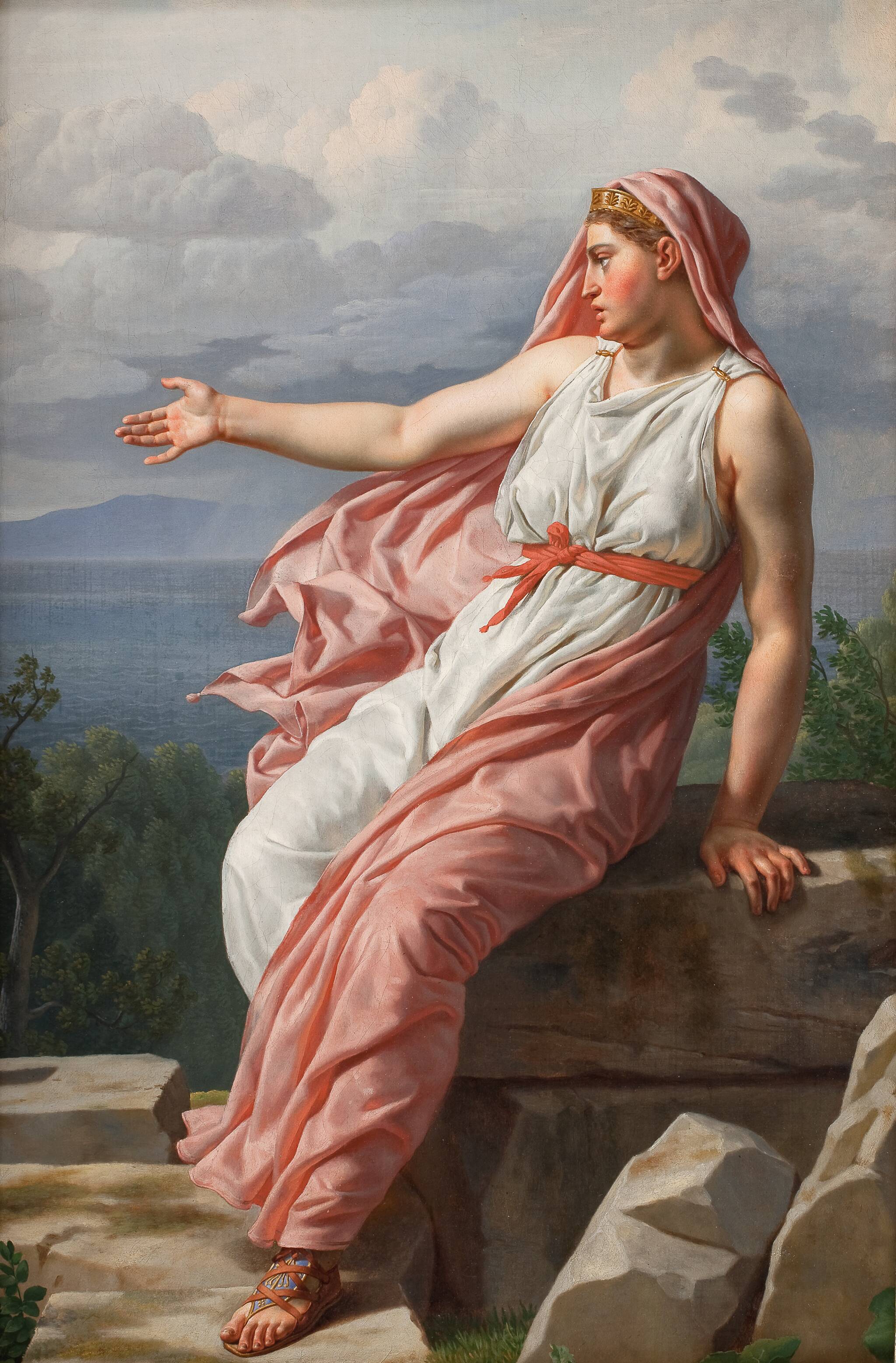Home » Tutti i post

Renoir | Reading Woman on the Bench, 1905
- "Resto al sole non tanto per eseguire dei ritratti in piena luce, ma per scaldarmi e per osservare. Così, a forza di vedere l'esterno, ho finito con l'accorgermi solo delle grandi armonie senza più preoccuparmi dei piccoli dettagli che spengono il sole anziché infiammarlo".
- "So I am staying in the sun - not to paint portraits but while I am warming myself and looking hard at things I hope I will have acquired some of the grandeur and simplicity of the old masters [...] So, by looking around outside, I have finished by seeing only the broad harmonies, and am no longer preoccupied with the little details, which only extinguish the sunlight, instead of increasing its brilliance".
.jpg)
Auguste Rodin / Shakespeare | Romeo and Juliet, 1905
Silenzio! Quale luce irrompe da quella finestra lassù?
È l'oriente, e Giulietta è il sole.
Sorgi, vivido sole, e uccidi l'invidiosa luna,
malata già e pallida di pena
perché tu, sua ancella, di tanto la superi in bellezza.
Non essere la sua ancella, poiché la luna è invidiosa.
Il suo manto di vestale è già di un verde smorto,
e soltanto i pazzi lo indossano. Gettalo via.
È la mia donna; oh, è il mio amore!
se soltanto sapesse di esserlo.

Michelangelo Buonarroti | Sol io ardendo all'ombra mi rimango | Le Rime
Sonetto 1 | Molti anni fassi qual felice, in una
Molti anni fassi qual felice, in una
brevissima ora si lamenta e dole;
o per famosa o per antica prole
altri s'inlustra, e ’n un momento imbruna.
Cosa mobil non è che sotto el sole
non vinca morte e cangi la fortuna.
A man who's happy many a year, one hour
- even less! - undoes; all's lost in grief and worry.
Another basks in his family name; that glory
is out in a flash as blacker heavens lour.
None so alive but death cuts short the story;
nothing so sweet but fortune turns it sour ...

Rubens | Portrait of Susanna Lunden, 1622
This painting is one of the most famous by Peter Paul Rubens🎨 (Flemish Baroque Era painter, 1577-1640) in the Collection of the National Gallery, London.
The title 'Le Chapeau de Paille' (meaning The Straw Hat) was first used in the 18th century. In fact the hat is not straw; 'paille' may be an error for 'poil', which is the French word for felt.
The hat, which shades the face of the sitter, is the most prominent feature of the painting.
The portrait is probably of Susanna Lunden, born Susanna Fourment, third daughter of Daniel Fourment, an Antwerp tapestry and silk merchant. Her younger sister Helena became Rubens's second wife in 1630.

Michelangelo Buonarroti | Drawings
Michelangelo, with Leonardo da Vinci and Raphael, is one of the three giants of the Florentine High Renaissance.
Although their names are often cited together, Michelangelo was younger than Leonardo by 23 years, and older than Raphael by eight.

Michelangelo | Arms and Hands Study
Michelangelo Buonarroti (6 March 1475 - 18 February 1564) was an Italian sculptor, painter, architect and poet of the High Renaissance born in the Republic of Florence, who exerted an unparalleled influence on the development of Western art.
Considered by many the greatest artist of his lifetime, and by some the greatest artist of all time, his artistic versatility was of such a high order that he is often considered a contender for the title of the archetypal Renaissance man, along with his rival, the fellow Florentine and client of the Medici, Leonardo da Vinci.
Iscriviti a:
Post (Atom)




.jpg)



